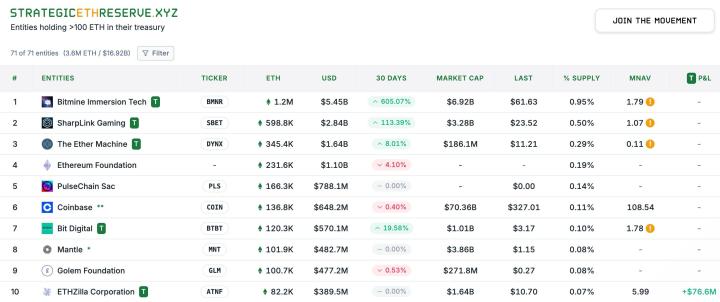Chainfeeds Introduction:
This crisis exposed the vulnerability of PoW chains at the economic incentive layer, forcing the industry to rethink the essence of decentralization.
Article Source:
https://news.marsbit.co/20250812193017555843.html
Article Author:
Mars Finance
Perspective:
Mars Finance: In the narrative wave of the crypto world, Monero is gradually fading from public view. Since its birth in 2014, it has neither promised high returns nor sought to go viral on social media, but has always adhered to its original intention of being an untraceable and unlinkable digital cash. However, this persistence has made privacy coins the primary target of compliance crackdowns against the backdrop of increasingly strict global regulations, with mainstream exchanges delisting related assets. Just when the outside world believed the threat mainly came from regulation, a more disruptive crisis initiated from within was quietly approaching. On August 12, 2025, the emerging Layer 1 project Qubic announced on social media that the Monero experiment was proceeding as planned and directly linked itself to this network computing power crisis. The mastermind behind this storm is Sergey Ivancheglyo (CfB), a key promoter of NXT PoS consensus and IOTA DAG technology, known for challenging traditional paradigms. Qubic continued his radical style, attempting to change PoW value through useful Proof of Work (uPoW), directing computing power to AI training, scientific computing, and other fields, while simultaneously mining Monero through an outsourcing mechanism. Qubic miners can simultaneously receive QUBIC rewards and XMR income, with the official then converting mined XMR into cash to buy back and burn QUBIC, forming a price flywheel to attract more computing power and gradually concentrate control of the Monero network's computing power. Qubic's model is not a traditional 51% double spend attack, but an economic attack - attracting miners to shift by offering more attractive economic incentives, thereby eroding the decentralization foundation of the target network. In mid-July, Qubic occupied about 25% of Monero's computing power, and by August 12, it was approaching the critical 50% threshold. Slowmist founder Yu Xin directly stated that from a technical perspective, Qubic could already implement a 51% attack. Historically, ETC and BTG have suffered huge losses due to similar attacks, and analysis estimates that renting sufficient computing power to attack XMR would cost only $7,000-10,000 per day. Qubic's actions completely exposed this potential risk to the public. After the crisis broke out, the Monero community quickly launched a computing power defense battle, calling on miners to leave unknown mining pools and switch to trusted nodes like p2pool or supportxmr.com to weaken Qubic's economic model foundation. Although XMRig core developers denied DDoS actions, they acknowledged exploring legitimate defense measures. This is a game of both technical and economic dimensions, and a struggle for network survival rights. In Qubic's 172nd cycle review, the official provided an almost god-like retrospective of the entire process, even describing details of initiating selfish mining to respond to community counterattacks. CfB's response to the community, "Please, do not resist," further sparked controversy. He believed that if a PoW network could be easily suppressed by a more superior economic system, it indicates a design flaw, and Qubic's experiment is a stress test forcing the industry to confront economic incentive vulnerabilities. This touches on the core issue of decentralization: pursuing physical computing power dispersion or establishing a consensus mechanism that can resist economic erosion? While Monero's RandomX algorithm resisted hardware monopoly, it still cannot avoid the threat of computing power concentration at the economic level. This event sounds an alarm for PoW projects with small market value and weak computing power - technical design alone is difficult to defend against external efficient economic entities' dimensional attack. Ultimately, under community resistance and public opinion pressure, Qubic's computing power proportion fell back, but the exposed problems remain unresolved. When a stronger Qubic appears in the future, who can guarantee it won't become the next Monero? This contest about computing power, sovereignty, and survival has just begun.
Content Source







